The Climate Atlas
This highly interactive tool was custom designed and engineered to help managers, planners, and decision makers identify new opportunities for public land protections across the contiguous U.S. and Alaska, with an emphasis on BLM and USFS lands. The Climate Atlas offers one of the clearest assessments available of the climate, carbon, and biodiversity benefits that a given landscape in the U.S. might provide.
Go To The AppConnectivity and Ag App
This interactive map explores the potential for agricultural lands across the U.S. to contribute to ecological connectivity (i.e., the movement of species and genes across the landscape) and identifies potential conservation opportunities on agricultural lands based on their contribution to both connectivity and food production. We draw on novel spatial data on agricultural land cover and management intensity as well as concepts from electronic circuit theory to identify areas that are likely to provide important connectivity benefits to native species..
Go To The AppWildfire Risk Explorer
Encompassing most of the desert ecoregions of the Southwest, this tool (built for the Department of Defense) relies on thousands of historical fire observations, machine learning, satellite imagery, and statistical models that we have pioneered to map the probability that an area on the landscape will burn in a large fire. The tool utilizes continuous integration/deployment (CI/CD) technology to automatically update our models and display map outputs as new data become available, without the regular need for human analysts.
Go To The AppEcological Value and Wildfire Mitigation App
To help inform the U.S. Forest Service stewardship of the diverse national forests in the lower 48 United States, this web app presents the results of two modeling efforts aimed at identifying: (1) currently unprotected areas of high ecological value within each national forest, and (2) places where proactive restoration of healthy forest conditions is likely to be effective in both reducing the severity of future fires and in safeguarding vulnerable communities and important ecological values. This tool reflects a highly collaborative effort to proactively guide future fire management activities (e.g., fuel and forest health treatments) and identify places where such management is likely to be effective in both reducing subsequent fire severity and in safeguarding vulnerable communities and important ecological values.
Go To The AppEach of the above examples is driven by our in-house and core partner capabilities in compelling data visualization, advanced statistical modeling approaches, cutting-edge engineering, and user-centered tool design. In addition, these and other tools have been peer-reviewed, rigorously tested, and deployed around the globe.


